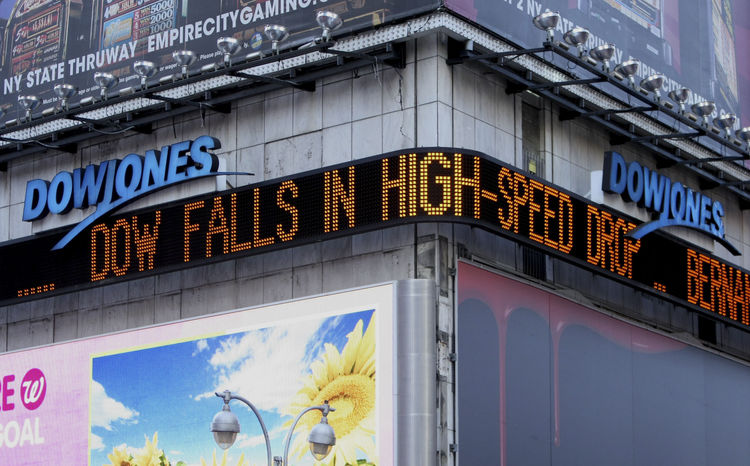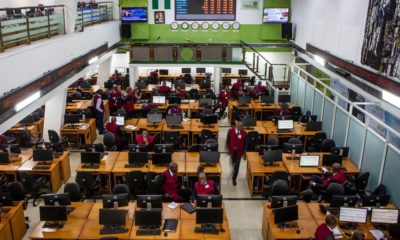By Jeffrey Halley, Senior Market Analyst, Asia Pacific, OANDA
It was a mostly sideways session overnight in New York, the US Dollar remained steady, oil held near recent highs, and the equity rally paused for breath. The dearth of data releases globally continued although the second-tier data from the US continued to be positive. The Case-Shiller House Price Index and US House Price Index releases rose as expected, while the Redbook activity report rose to 21.40% for December YoY, and the Richmond Fed Manufacturing Index and Dallas Fed Services Index both beat expectations.
Although omicron cases in the US and Europe amongst others, continue to surge, it has yet to make its presence felt negatively in economic data. Europe’s restrictions will have a tail impact but, for now, markets are overwhelmingly pricing in the latest variant as a milder incarnation, despite its easier contractibility. With market activity much reduced for the holiday season, investors continue to tentatively price in a global recovery hitting a minor bump, and not a pothole.
The Chinese government continues to make soothing comments about lending to the real economy to support more balanced and inclusive growth next year, with the property sector woes taking a backseat, for now. Market’s have quickly put the complete lockdown of the city of Xi’an behind them. The narrative will only swing back to negative if the virus escapes the city boundaries and initiates outbreaks in other Chinese cities.
Asia’s calendar remains thin this week, in line with markets elsewhere. Singapore’s Import and Export Prices, and PPI, will be of passing interest, if only because inflationary pressures continue to rise in the City-state. Higher than forecast YoY numbers could cause some reassessment of the Monetary Authority of Singapore’s tightening path, although local equities seem as immune to that reality as they do everywhere else.
The most interesting data tonight will likely be US official crude oil inventories, where omicrons rampage could show up in higher oil derivative stockpiles. That may give the oil recovery some food for thought but is very unlikely to derail it. The fast-money tail-chasers inhabiting the oil market recently look like they are finally taking a holiday break instead of drinking too much coffee.
South Korean Industrial Production tomorrow and South Korean Inflation and official China PMIs on Friday will be the focus of regional traders still at their desks. Otherwise, we remain at the mercy of headline-driven volatility, a theme that has dominated December.
The major mover overnight was Bitcoin, which fell by 6.70% to $47,560 of fiat US currency. I can’t see any news behind the move, and I suspect year-end book squaring into thin market conditions exaggerated the range. There is nothing to suggest that Bitcoin’s recent $45,000 to $52,000 is under threat. Only a daily close above or below those levels’ hints that a new directional move is in play. Although I consider the crypto space as a whole to be a giant case of the Emperor’s New Clothes, and the home moronic speculative banality, I do acknowledge it is a tradeable if not investable, “asset class,” and perhaps more fun than the casino. In that respect, only a weekly close below $40,000.00 will have me concerned that another major downside correction is in play.
Asian equities follow New York split
Wall Street had a mixed night overnight, even as US yields tracked lower. Investors in big-tech trimmed long positions and it looked for all money like a defensive rotation from growth into value as the Nasdaq fell, while the Dow Jones gained. The S&P 500 was almost unchanged, rising just 0.10%. The Nasdaq fell by 0.56%, while the Dow Jones rose by 0.26%. In Asia, that trend has continued with Dow futures rising another 0.27%, with the S&P unchanged and Nasdaq futures falling 0.15%.
That has led to a North Asia ASEAN split today, with more tech-centric North Asia markets retreating, while ASEAN has moved higher. The Nikkei 225 and South Korean Kospi have dropped by 0.85%. Mainland China is under pressure, the Shanghai Composite easing 0.55% while the CSI 300 has retreated 1.0% lower. Hong Kong has followed them South, falling 0.65%.
Singapore has risen by 0.30% today, with Taipei jumping 0.80% higher, bucking the tech trend lower. Jakarta and Kuala Lumpur are unchanged with, Bangkok rallying by 0.15%, while Manila is 0.40% lower. Australian markets are full of optimism today, led by, you guessed it, banks, and resources. The ASX 200 and All Ordinaries have rallied by 1.15%.
US Dollar trades sideways.
Currency markets are in holiday mode and will likely remain so until the middle of next week. The dollar index is barely changed at 96.15, marking four days of sideways trading. The US Dollar still looks vulnerable to positive headlines on the virus front. Support remains between 95.80 and 95.85, with resistance at 96.30 initially.
Major currencies continue to tread water with EUR/USD at 1.1310, GBP/USD at 1.3435, USD/JPY at 114.80, AUD/USD at 0.7225, NZD/USD at 0.6810 and USD/CAD at 1.2820. Of that group, USD/JPY and GBP/USD look most interesting. USD/JPY is grinding higher on rate differentials and a higher oil price, while Sterling looks to be catching an omicron tailwind as cases remain high, but hospitalisations low.
Asian currencies have performed well this week, backstopped by a firm Chinese Yuan. The Malaysian Ringgit, Indonesian Rupee and Indonesian Rupiah have all performed very well as receding omicron fears sees hot money move quietly back into the 2022 global recovery story.
Oil consolidates recent gains.
Oil prices consolidated their Monday’s gains overnight in a sideways session for the second day running. US AP Crude Inventories fell by just over 3 million barrels, supporting both contracts. Brent crude was unchanged at $78.95 a barrel, while WTI edged slightly higher to $76.10. Some long-covering is evident in Asia today in an otherwise nondescript session. Brent and WTI have moved 20 cents lower to $78.75 and $75.90 a barrel.
Brent crude has support at $77.20 a barrel, its 100-day moving average (DMA). It has resistance at $80.00 a barrel, where it failed overnight. WTI has support at $75.00 and then $74.35, it’s 100-DMA. It has resistance at $77.00 a barrel, near to its overnight high.
Gold rally falters.
Gold probed the topside overnight, eroding resistance at $1815.00 but failing ahead of $1820.00 an ounce. It then quickly changed course, finishing the day 0.33% lower at $1806.60 an ounce. The price action is very much like gold lately, the perpetual bulls pushing prices higher, but then running for the exit at the first sign of trouble, or a loss of momentum.
Gold’s attempts to stage a meaningful recovery remain unconvincing, with traders cutting long positions at the very first sign of trouble intra-day.It cleared the double top around the $1815.00 region but stalled just above at $1820.00. It faces resistance also at $1840.00 an ounce. Support lies at $1790.00, followed by $1780.00 an ounce. $1790.00 to $1815.00 continues to be my call for the range for the week.
With the US Dollar looking more vulnerable to positive virus sentiment at the moment, gold could potentially move higher throughout this week, but I still doubt it could sustain those gains.


 Forex2 weeks ago
Forex2 weeks ago


 Naira2 weeks ago
Naira2 weeks ago
 Billionaire Watch1 week ago
Billionaire Watch1 week ago




 Naira2 weeks ago
Naira2 weeks ago




 Naira1 week ago
Naira1 week ago




 Naira4 weeks ago
Naira4 weeks ago
 Nigerian Exchange Limited4 weeks ago
Nigerian Exchange Limited4 weeks ago


 Naira3 days ago
Naira3 days ago















